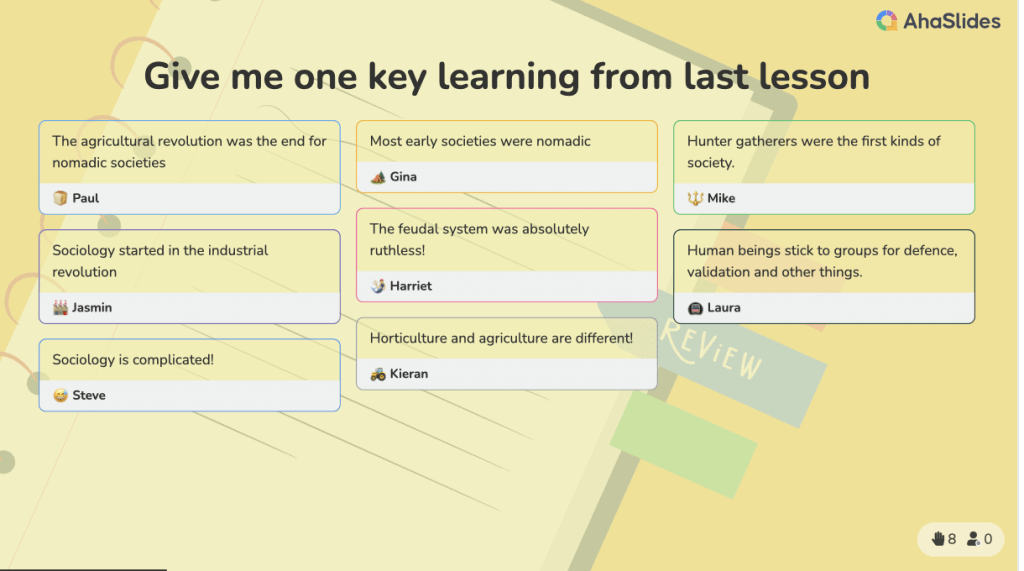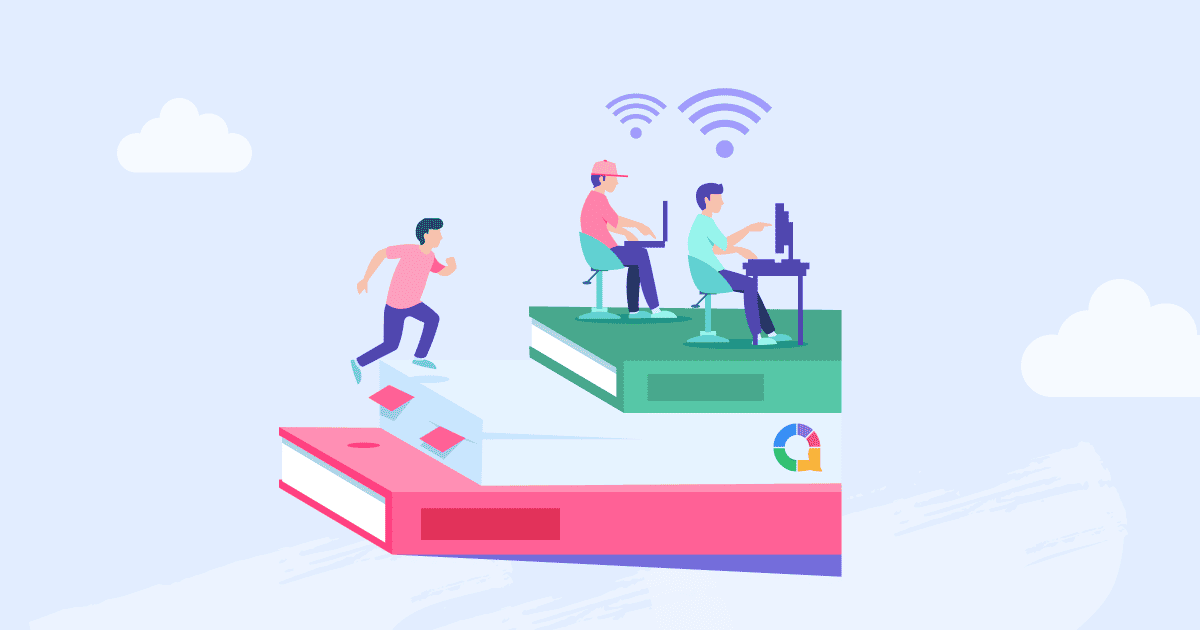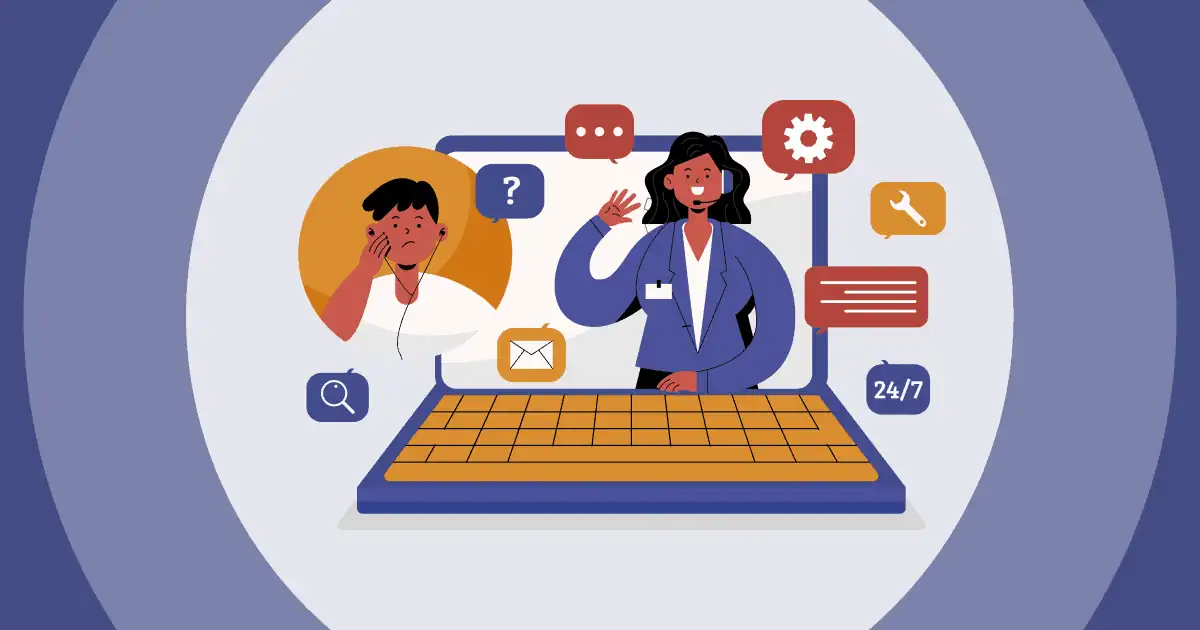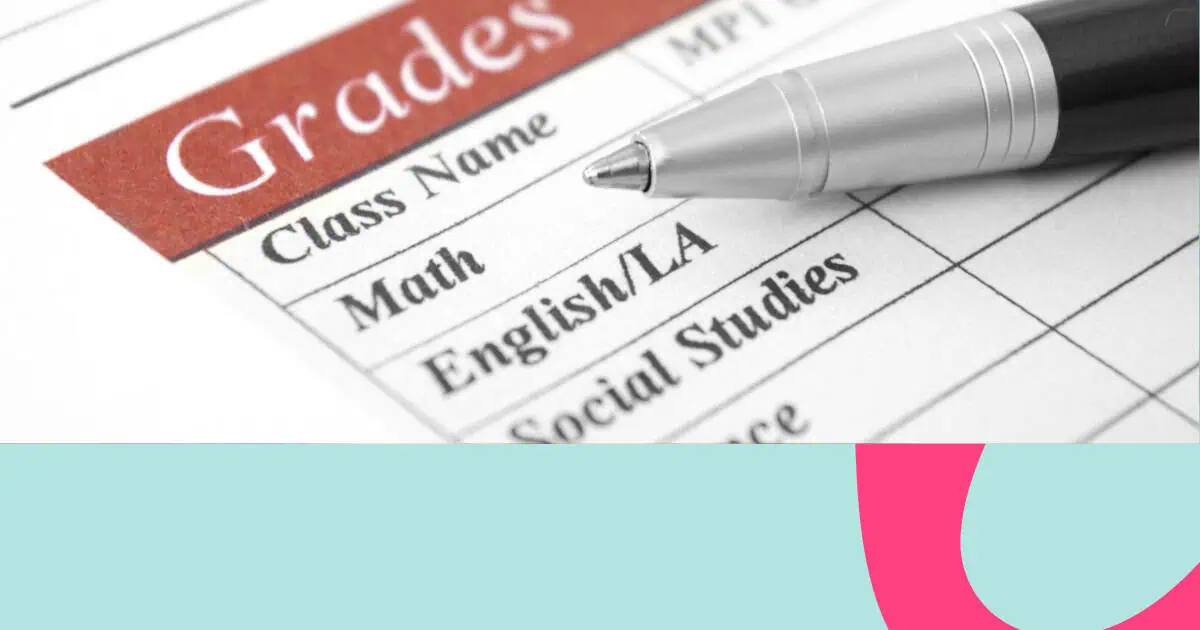What does an asynchronous class mean to you? Is asynchronous learning right for you?
When it comes to online learning, it is much harder than you think; while online learning like asynchronous classes offers flexibility and cost-effectiveness, it also requires self-discipline and effective time management skills from learners.
If you want to know whether you can be a success in an online asynchronous class, let's read through this article, where you can find plenty of helpful information about asynchronous learning, including definitions, examples, benefits, tips, plus a full comparison between synchronous and asynchronous learning.

Table of Contents
Understanding What Asynchronous Class Means
Definition
In asynchronous classes, learning activities and interactions between instructors and students do not occur in real time. It means that students can access course materials, lectures, and assignments at their own convenience and complete them within specified deadlines.
Importance and Benefits
Studying in an asynchronous environment has brought many benefits to both learners and instructors. Let's go over a few of them:
Flexibility and convenience
The best asynchronous class meaning is that it provides flexibility for learners with other commitments such as work or family responsibilities. Students can access learning materials and participate in discussions from anywhere, as long as they have an internet connection.
Self-paced learning
Another exception of asynchronous class is that it empowers students to control their learning journey. They can progress through the course material at their own pace, allowing for a personalized learning experience. Students can spend more time on challenging topics, review materials as needed, or accelerate through familiar concepts. This individualized approach enhances understanding and promotes deeper learning.
Cost-effectiveness
Compared to traditional classes, it won't be hard to realize what asynchronous class means in terms of cost. It is less expensive, and students don't have to pay for a live instructor or a physical learning environment. You will have a chance to acquire materials at lower fees from reputable vendors.
Elimination of geographical constraints
The meaning of asynchronous class is removing limitations in geography. Learners can participate in courses and access educational resources from anywhere in the world as long as they have an internet connection. This is particularly advantageous for individuals who may not have access to educational institutions in their local area or who are unable to relocate for educational purposes.
Personal growth
Asynchronous classes are valuable for professionals seeking to enhance their skills and stay up-to-date in their fields. These classes allow professionals to engage in learning without having to take extended breaks from work or travel to physical locations for training. Asynchronous learning provides a platform for ongoing professional development, enabling individuals to remain competitive and adapt to changing industry trends throughout their careers.
Examples of Asynchronous Classes
In an asynchronous class, communication between students and instructors often occurs through digital platforms, such as discussion boards, email, or online messaging systems. Students can post questions, share their thoughts, and participate in discussions, even if they are not online at the same time as their peers or the instructor. The instructor, in turn, can provide feedback, answer questions, and facilitate learning by interacting with students asynchronously.
In addition, instructors provide students with a variety of online readings, articles, e-books, or other digital materials. Students can access these resources at their convenience and study them independently. These materials serve as the foundation for learning and provide students with the necessary information to complete assignments and assessments.
Another example of Asynchronous classes is students watching pre-recorded lecture videos or lessons, which is the most common method of delivering course content. As pre-recorded lecture videos can be viewed multiple times, students will have an opportunity to revisit the content whenever they need clarification or reinforcement.
Related: Great Ways to Improve Online Learning with Student Engagement
Synchronous vs. Asynchronous Learning: A Comparison
Asynchronous class meaning is defined as a learning method with no fixed class times or real-time interactions, allowing learners to study and engage with the content whenever it is convenient for them. By contrast, synchronous learning requires students and instructors to be present at the same time for lectures, discussions, or activities.
Here is more detail about the differences between synchronous and asynchronous learning:
| Synchronous learning | Asynchronous learning |
|---|---|
| Students and instructors engage in learning activities at the same time and follow a predetermined schedule. | Students have the flexibility to access course materials and complete learning activities at their own pace and schedule. |
| It enables immediate feedback, live discussions, and the opportunity for students to ask questions and receive immediate responses. | While interaction is still possible, it occurs at different times, and the responses and interactions may not be instantaneous. |
| It may be less flexible for students who need to balance work, family, or other responsibilities. | It accommodates learners with diverse schedules and allows them to manage their time more independently. |
| Synchronous learning requires access to real-time communication tools, such as video conferencing platforms or collaboration software. | Asynchronous learning relies on online platforms, learning management systems, and access to digital resources. |
Tips to Improve Asynchronous Class Learning
Online learning is time-consuming, whether it is synchronous or asynchronous learning, and managing the work-school-life balance is never easy. Implementing the following strategies can help learners maximize their success in online asynchronous learning
For students:
- Create a study schedule, set goals, and allocate specific time slots for learning activities.
- Establish a routine helps maintain consistency and ensures progress through the course materials.
- Be proactive in accessing course materials, completing assignments, and engaging with the learning community.
- Actively engage with the course content by taking notes, reflecting on the material, and seeking additional resources promotes deep learning.
- Use digital tools like calendars, task managers, or online learning platforms can help learners stay on top of their responsibilities.
- Prioritize tasks and breaking them into manageable chunks can also aid in managing workload effectively.
- Regularly assess their understanding, identify areas of strength and weakness, and make necessary adjustments to their study strategies.
Furthermore, asynchronous learners cannot fully succeed in their learning journey if there is a lack of high-quality lessons and lectures. Boring lectures and classroom activities might drive learners to a loss of concentration and motivation to learn and absorb knowledge. Thus, it is essential for instructors or trainers to make the learning process more fun and joyful.
For instructors:
- Outline expectations, objectives, and deadlines to ensure that learners understand what is required of them.
- Mix different formats and mediums keeps the content varied and appealing, catering to different learning styles and preferences.
- Design interactive activities to encourage active engagement and participation. Use supplement tools like AhaSlides to create classroom games, discussion forums, brainstorming, and collaborative projects that foster a sense of involvement and deeper learning.
- Offer choices in assignments, projects, or topics of study, allowing learners to explore areas of interest.
- Individualize feedback and support to promote engagement and a sense of investment in the learning process.

Bottom Line
Online asynchronous class is designed without fixed class times, thus, students must take the initiative to stay motivated, organize their study schedules, and actively participate in online discussions or forums to foster collaboration and engagement with peers.
And it is the instructor's role to encourage students to learn with a sense of joyfulness and achievement. There is no better way than incorporating presentation tools like AhaSlides where you can find numerous advanced features to make your lectures more interesting and appealing, most of which are free to use.
Ref: Big Think | University of Waterloo








